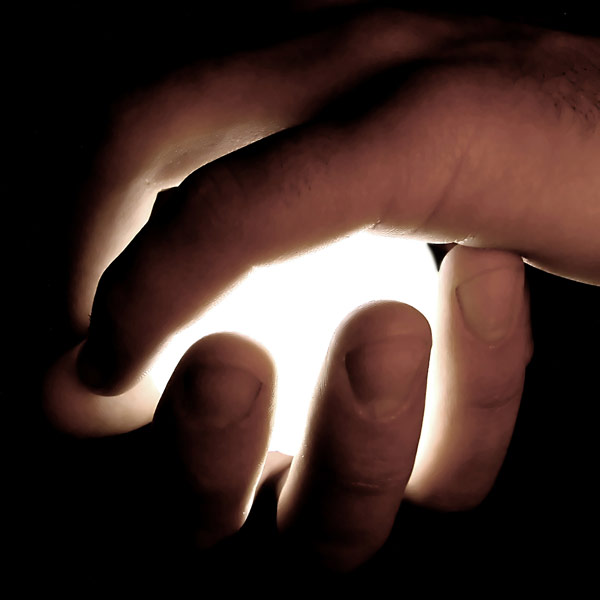
WEDNESDAY, Dec. 30 (HealthDay News) — If you’re thinking of using the portable device called transcutaneous electric nerve stimulation (TENS) to ease your chronic low back pain, the American Academy of Neurology has some advice for you: Don’t bother.
There are no controlled studies showing that TENS is effective against back pain of unknown origin persisting for three months or longer, said Dr. Richard M. Dubinsky, a professor of neurology at Kansas University Medical Center and chair of practice improvement for the academy. He is the lead author of a review article on the technology in the Dec. 30 online issue of Neurology.
“We did a systematic research review, also looking at a database for clinical trials,” Dubinsky said. “We found very few of sufficient quality to analyze. We were looking for studies which were controlled by use of a placebo, and also had a sufficient number of subjects.”
All but one of the studies excluded people whose back pain had known causes, such as a pinched nerve, severe scoliosis (curvature of the spine), displacement of a backbone or vertebra, or obesity. Those studies showed no benefit of TENS for chronic pain. The one study that looked at low back pain associated with known conditions found no benefit, the study authors noted.
An exception was diabetic nerve pain, also known as diabetic neuropathy, which can cause symmetrical numbness, decreased sensation and a feeling of burning, usually involving the legs but sometimes affecting the hands, Dubinsky said. There is good evidence that TENS is effective in this condition, which develops in about 60 percent of people with diabetes, he said.
TENS uses a portable, pocket-sized device to apply a mild electric current to the nerves through electrodes placed against the skin. It has been used for pain relief in a number of disorders for years, even though there is no established theory about how it may provide relief for pain. One theory is based on the belief that nerves can carry only one signal at a time, and that the stimulation provided by the device prevents the pain message from getting through to the brain.
TENS is widely available and widely advertised, but “just because it is popular doesn’t mean that it works,” Dubinsky said. Approval of TENS by the U.S. Food and Drug Administration doesn’t mean much either, he added.
“The threshold for approval by the FDA is different for devices than for pharmaceuticals,” Dubinsky said. “For a device, you just have to prove that it is safe. For a pharmaceutical, you have to prove that it is safe and effective.”
It’s possible that TENS is effective against some forms of pain, such as what is experienced after surgery, but such studies haven’t been done, he said.
The demand for relief of back pain — acute and chronic — is large; the U.S. National Institute of Neurological Disorders and Stroke estimates that it is the second-most common neurological ailment in the country. It is estimated that about one-quarter of all Americans experience some sort of back pain in any given three months.
Effective treatments for back pain include exercise, stretching and anti-inflammatory medications, including over-the-counter nonsteroidal drugs (NSAIDs) such as ibuprofen, Dubinsky said.
More information
Causes and treatment of back pain are described by the U.S. National Library of Medicine.

